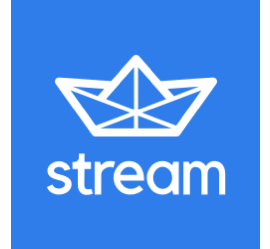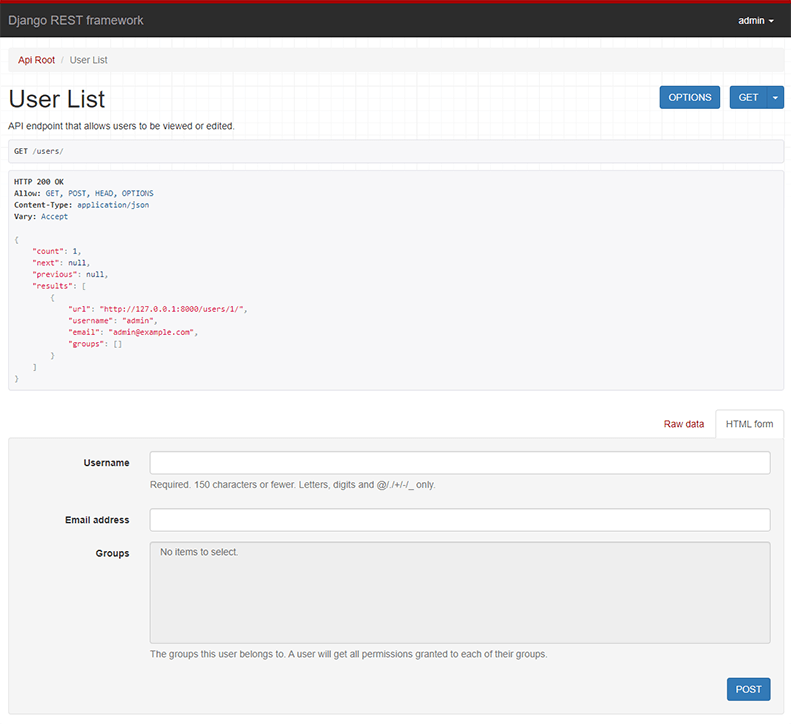Currently you cannot import something from rest_framework without
configuring Django, since accessing `settings.INSTALLED_APPS` for the
django-guardian throws an ImproperlyConfigured error:
from rest_framework.exceptions import ErrorDetail
~/Vcs/django-rest-framework/rest_framework/exceptions.py in <module>()
16
17 from rest_framework import status
---> 18 from rest_framework.compat import unicode_to_repr
19 from rest_framework.utils.serializer_helpers import ReturnDict, ReturnList
20
~/Vcs/django-rest-framework/rest_framework/compat.py in <module>()
144 guardian = None
145 try:
--> 146 if 'guardian' in settings.INSTALLED_APPS:
147 import guardian # noqa
148 except ImportError:
~/Vcs/django-rest-framework/.venv/lib/python3.6/site-packages/django/conf/__init__.py in __getattr__(self, name)
54 """Return the value of a setting and cache it in self.__dict__."""
55 if self._wrapped is empty:
---> 56 self._setup(name)
57 val = getattr(self._wrapped, name)
58 self.__dict__[name] = val
~/Vcs/django-rest-framework/.venv/lib/python3.6/site-packages/django/conf/__init__.py in _setup(self, name)
39 "You must either define the environment variable %s "
40 "or call settings.configure() before accessing settings."
---> 41 % (desc, ENVIRONMENT_VARIABLE))
42
43 self._wrapped = Settings(settings_module)
ImproperlyConfigured: Requested setting INSTALLED_APPS, but settings are not configured. You must either define the environment variable DJANGO_SETTINGS_MODULE or call settings.configure() before accessing settings.
I've thought about just trying to import it always, but that is some
overhead for something optional, and would also regress #1712 - except
for when handling the `ImproperlyConfigured` from there.
Since it only gets used by a single class this patch moves the code
there.
|
||
|---|---|---|
| docs | ||
| docs_theme | ||
| licenses | ||
| requirements | ||
| rest_framework | ||
| tests | ||
| .gitignore | ||
| .travis.yml | ||
| codecov.yml | ||
| CONTRIBUTING.md | ||
| ISSUE_TEMPLATE.md | ||
| LICENSE.md | ||
| MANIFEST.in | ||
| mkdocs.yml | ||
| PULL_REQUEST_TEMPLATE.md | ||
| README.md | ||
| requirements.txt | ||
| runtests.py | ||
| setup.cfg | ||
| setup.py | ||
| tox.ini | ||
Django REST framework
Awesome web-browsable Web APIs.
Full documentation for the project is available at http://www.django-rest-framework.org.
Funding
REST framework is a collaboratively funded project. If you use REST framework commercially we strongly encourage you to invest in its continued development by signing up for a paid plan.
The initial aim is to provide a single full-time position on REST framework. Every single sign-up makes a significant impact towards making that possible.
Many thanks to all our wonderful sponsors, and in particular to our premium backers, Rover, Sentry, Stream, Machinalis, Rollbar, and Cadre.
Overview
Django REST framework is a powerful and flexible toolkit for building Web APIs.
Some reasons you might want to use REST framework:
- The Web browsable API is a huge usability win for your developers.
- Authentication policies including optional packages for OAuth1a and OAuth2.
- Serialization that supports both ORM and non-ORM data sources.
- Customizable all the way down - just use regular function-based views if you don't need the more powerful features.
- Extensive documentation, and great community support.
There is a live example API for testing purposes, available here.
Below: Screenshot from the browsable API
Requirements
- Python (2.7, 3.4, 3.5, 3.6)
- Django (1.10, 1.11, 2.0)
Installation
Install using pip...
pip install djangorestframework
Add 'rest_framework' to your INSTALLED_APPS setting.
INSTALLED_APPS = (
...
'rest_framework',
)
Example
Let's take a look at a quick example of using REST framework to build a simple model-backed API for accessing users and groups.
Startup up a new project like so...
pip install django
pip install djangorestframework
django-admin.py startproject example .
./manage.py migrate
./manage.py createsuperuser
Now edit the example/urls.py module in your project:
from django.conf.urls import url, include
from django.contrib.auth.models import User
from rest_framework import serializers, viewsets, routers
# Serializers define the API representation.
class UserSerializer(serializers.HyperlinkedModelSerializer):
class Meta:
model = User
fields = ('url', 'username', 'email', 'is_staff')
# ViewSets define the view behavior.
class UserViewSet(viewsets.ModelViewSet):
queryset = User.objects.all()
serializer_class = UserSerializer
# Routers provide a way of automatically determining the URL conf.
router = routers.DefaultRouter()
router.register(r'users', UserViewSet)
# Wire up our API using automatic URL routing.
# Additionally, we include login URLs for the browsable API.
urlpatterns = [
url(r'^', include(router.urls)),
url(r'^api-auth/', include('rest_framework.urls', namespace='rest_framework'))
]
We'd also like to configure a couple of settings for our API.
Add the following to your settings.py module:
INSTALLED_APPS = (
... # Make sure to include the default installed apps here.
'rest_framework',
)
REST_FRAMEWORK = {
# Use Django's standard `django.contrib.auth` permissions,
# or allow read-only access for unauthenticated users.
'DEFAULT_PERMISSION_CLASSES': [
'rest_framework.permissions.DjangoModelPermissionsOrAnonReadOnly'
]
}
That's it, we're done!
./manage.py runserver
You can now open the API in your browser at http://127.0.0.1:8000/, and view your new 'users' API. If you use the Login control in the top right corner you'll also be able to add, create and delete users from the system.
You can also interact with the API using command line tools such as curl. For example, to list the users endpoint:
$ curl -H 'Accept: application/json; indent=4' -u admin:password http://127.0.0.1:8000/users/
[
{
"url": "http://127.0.0.1:8000/users/1/",
"username": "admin",
"email": "admin@example.com",
"is_staff": true,
}
]
Or to create a new user:
$ curl -X POST -d username=new -d email=new@example.com -d is_staff=false -H 'Accept: application/json; indent=4' -u admin:password http://127.0.0.1:8000/users/
{
"url": "http://127.0.0.1:8000/users/2/",
"username": "new",
"email": "new@example.com",
"is_staff": false,
}
Documentation & Support
Full documentation for the project is available at http://www.django-rest-framework.org.
For questions and support, use the REST framework discussion group, or #restframework on freenode IRC.
You may also want to follow the author on Twitter.
Security
If you believe you've found something in Django REST framework which has security implications, please do not raise the issue in a public forum.
Send a description of the issue via email to rest-framework-security@googlegroups.com. The project maintainers will then work with you to resolve any issues where required, prior to any public disclosure.








